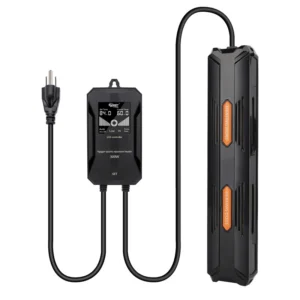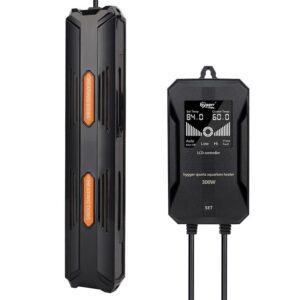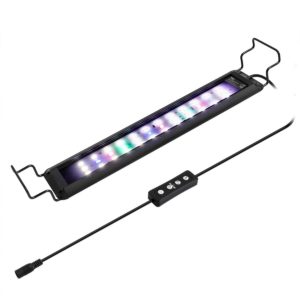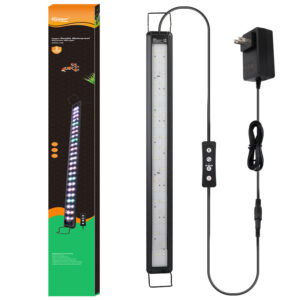Care Tips of African Butterfly Cichlid
African butterfly cichlids are one of the most beautiful additions to fish tanks, their scientific name is Anomalochromis thomasi, in the family Cichlidae. Their colors and social acceptance behavior make them suitable community fishtank inhabitants. However, there are certain aspects that you should know before introducing it to your tank, mainly including butterfly cichlid tank mates selection, butterfly cichlid care, and breeding.
All these aspects, with some others about butterfly cichlid care, are discussed in the following.
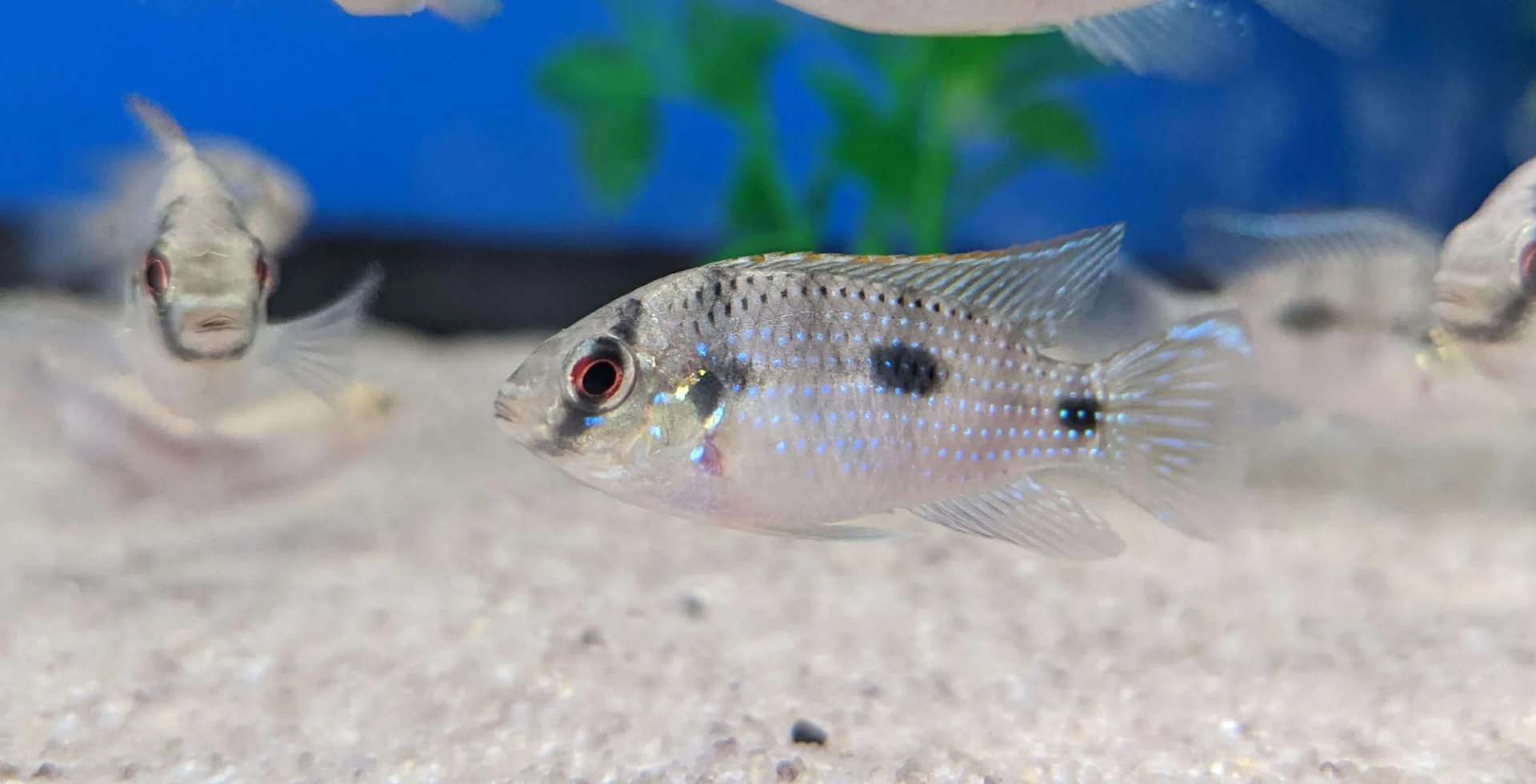
Are African Butterfly Cichlids Hard to Keep
African butterfly cichlids are not hard to keep. Unlikely cichlids, they are not aggressive, except during the breeding period. In breeding time, they become territorial and aggressive. If you have a little experience, then you can go with it at the beginner level.
To know more about African butterfly cichlids, i.e., distribution, characteristics, keeping hardness, and some interesting facts, are discussed in the following.
Distribution
Butterfly cichlids are distributed in different regions of Africa, i.e., West Africa, Central Africa, and Eastern Africa. They often live in slow-moving water bodies, lakes, ponds, river sides, etc. These water bodies are the natural habitat of this fish.
| Lower Cross River | Niger Delta | Congo Basin | Cameroon |
| Upper Zambezi | Lake Chad | Lower Niger | Lower Ogooue |
Characteristics
Here are characteristics that will help you to take proper butterfly cichlid care.
| Family: Cichlidae | Scientific name: Anomalochromis thomasi |
| Nature: Peaceful, except for the breeding period. During breeding, they become territorial. | |
| Food: They are omnivores and can eat different foods, including live/frozen food, flakes, plants, etc. | |
| Size: They can grow up to 6 to 8 cm in their lifespan. | |
| Body shape: Bright and oval-shaped with a slightly arched back. Its body looks like the wings of a butterfly. | |
| Marking: They have markings on the dorsal. They are black and shade of yellow colors on their body. The female has more vibrant markings and colors than males. | |
Keeping Hardness
As mentioned earlier, it’s easy to keep butterfly cichlids in the home aquarium. They are peaceful, except for breeding, and require not much from the aquarist. However, here are some details to observe the best growth and happy tank of butterfly cichlid.
Water Parameters
| Temperature | 24 to 28 degrees Celsius | pH | 6.5–7.5 |
| Water Hardness | 10-20 dGH | Salinity | 0.01-0.02% |
Lighting
They don’t have special lighting requirements.
Plantation
In nature, they live in planted streams. Therefore, it would be better to grow live plants in the tank. It’ll help to improve butterfly cichlid life and lift their mood.
Tank Mates
They can share space with calm fish, except during the breeding period.
Substrate requirement
Introduce soft sand and flat rocks at the bottom with broad leaves plants.
Interesting Facts
Here are some interesting facts about butterfly cichlids.
- They have false eyes on their dorsal and near the tail.
- Unlike other cichlids, they don’t uproot the plants.
- They spawn on broad leaves like toward-tail.
- 1 pair requires about a 20-gallon tank, as they enjoy free swimming.
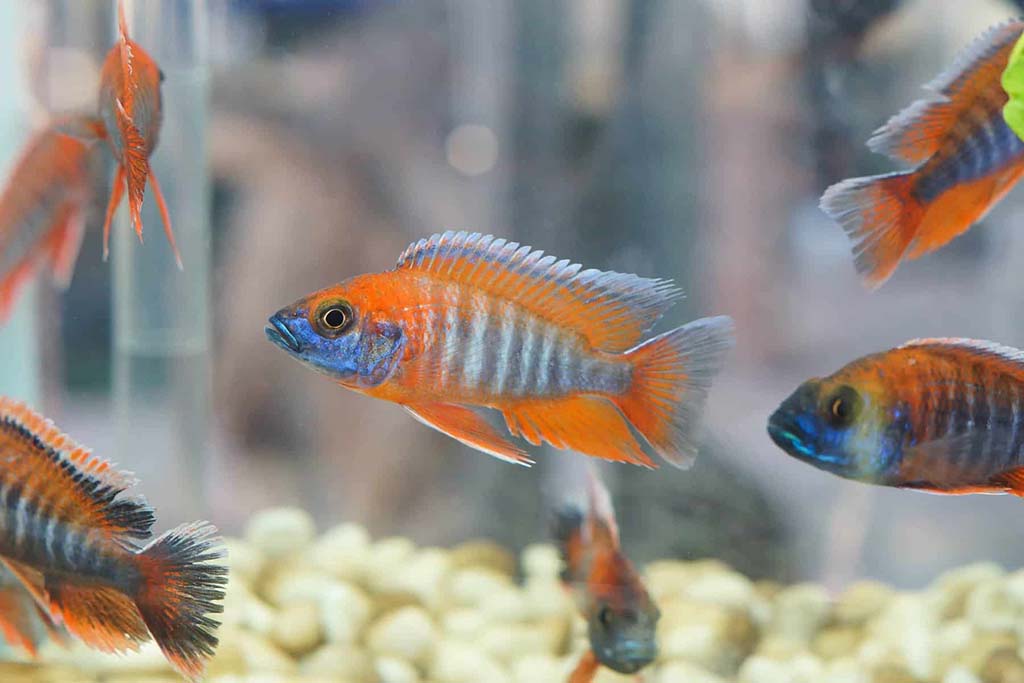
The Best Fish Food for Butterfly Cichlid
African butterfly cichlids are not choosy in terms of food. They can eat multiple types of food. In nature, they love to eat some live food. However, it’s better to feed them with different food items. Here are some food items that you can feed the African butterfly cichlid.
Live/Frozen Food Items
In nature, they are predators and eat worms, etc. So, you can feed them with bloodworms, brine shrimps, and daphnia.
Vegetables
Vegetables are beneficial when you want to provide them with fiber and nutrients. The following vegetables are the best in this case.
| Zucchini | Spinach | Cucumber |
Commercial Food Items
You can also feed them with commercial fish food. Such items are specially processed and manufactured for African butterfly cichlids. It includes different pellets and flakes.
Butterfly Cichlid Tank Mates
Butterfly cichlids are small, peaceful in nature, and love to live in planted aquariums.
Proper selection directly affects their health, fishtank environment, food supply, and many other aspects. Here we’ve selected some tank mates that can live with Butterfly Cichlid.
Here is the size-based classification.
Note: The grouping is based on relative sizes.
| Small Size | Medium Size | Large Size |
|
|
|
African Butterfly Cichlid Breeding
Pre Breading Period
It is hard to discriminate between males and females when they are fry. To have a proper pair, buy a group of African butterfly cichlids and put them in a tank. When they become adult, you can easily discriminate between males and females. Females tend to be round and bright, and male shows vice versa. They become pairs by nature. If you have enough space, then you can go with them all. Otherwise, it’s better to transfer them to other tanks.
Breeding
They clean some spots to spawn their eggs. Males sit in the nest and show bright colors for courtship. Like other cichlids, the female partner lays eggs on leaves or under a flat rock in a prepared nest. Males become a guard of territory and show aggression. Male partners fertilize these eggs. At one time, the count reaches up to 500. The eggs hatch within three days.
During this period, parents prepare some other nests. After hatching the eggs, parents Cichlid transfer them to other nests. Once they become free swimmers, parents keep on caring for the young swimmers. They did it for one month. During this breeding period, you can feed them live food.
After that period, the Butterfly cichlid parents get ready for the next breeding.
Post Breeding
Once the breeding cycle is complete, remove the new progeny to a new tank and ready the tank for the next breeding. You have to maintain the tank condition like the pre-breeding situation.
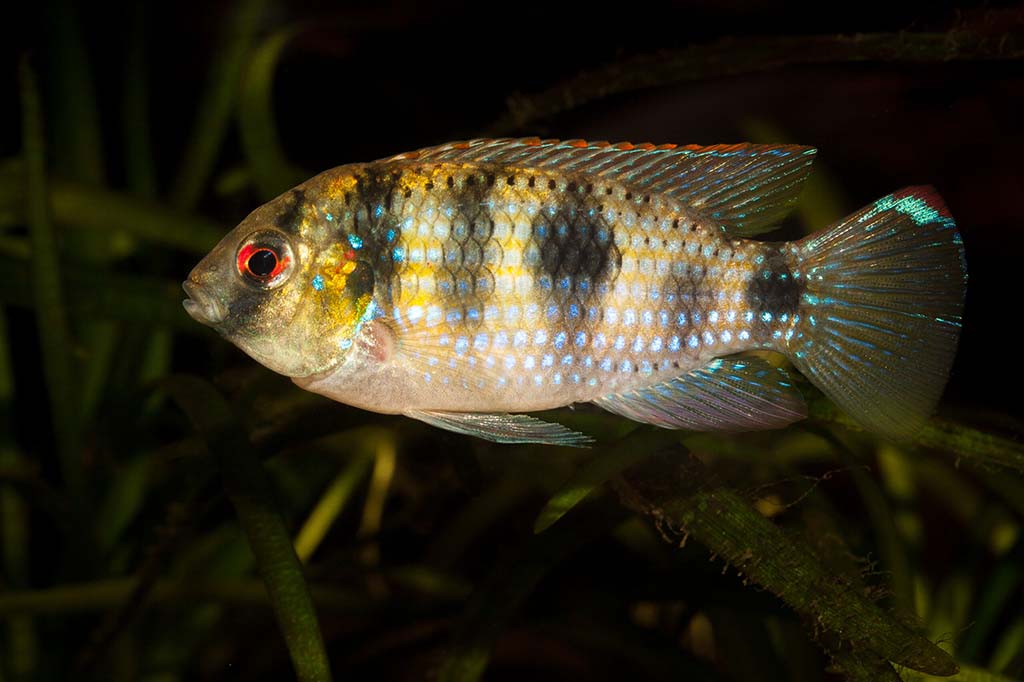
Final Thoughts
African butterfly cichlids are easy to keep in a tank with a little experience and proper care, i.e., proper tank mate selection and other care parameters. If you follow this brief guide, then you can enjoy the colors of this adorable African butterfly cichlid’s color in your aquarium.

